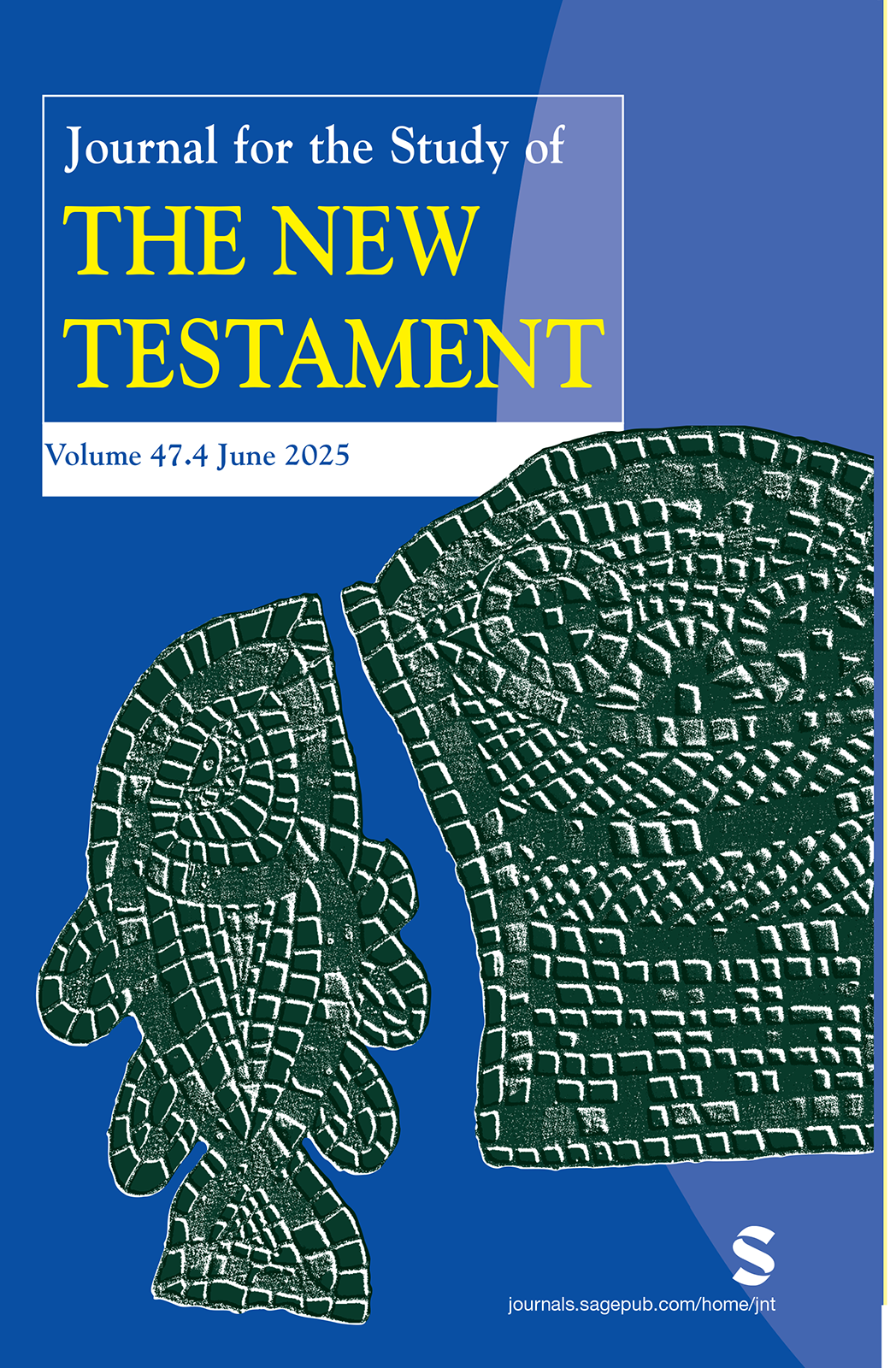논문은 요한복음 5장 2절의 ‘예루살렘에 […] 다섯 개의 주랑이 있는 못이 있(ἔστιν)는데’라는 진술이, 예루살렘이 파괴된 주후 70년 이전에 복음서가 기록되었다는 내적 증거를 제공한다고 주장한다. 학자들은 보통 현재 시제 ‘있다(is)’의 사용을 단순한 역사적 현재의 용례로 치부하지만, 본 논문은 역사적 현재에 관한 가장 최근의 문법 연구들을 논함으로써 이 견해가 지지될 수 없음을 보인다. 더 나아가, ‘...에 있다’(ἔστιν δὲ ἐν)라는 구문 뒤에 장소(여격)가 나오고 건축물이 주어로 사용되는 용법은, 헤로도토스 시대부터 저술 시점에 해당 건축물이 존재함을 전제하는 지리적, 지형적 묘사에서 사용되어 온 용법임을 주장한다. 이어서, 베데스다의 주랑이 있는 연못 단지가 제1차 유대-로마 전쟁 중에 파괴 및/또는 해체되었을 가능성이 높음을 논증한다. 당시 연못이 위치했던 베데스다 지역은 두 차례 파괴되었고, 로마군이 예루살렘 성벽을 향해 공격용 토목 구조물을 쌓는 데 필요한 목재를 조달하기 위해 벌거숭이가 되었다. 이 지역에 대한 고고학 보고서들은 주후 70년 이후의 황폐화를 확증하며, 유세비우스의 연못 묘사 또한 주랑들이 사라졌음을 확인해 준다. 마지막으로, 플라비우스 왕조 및 그 이후 시대의 문헌들이 예루살렘을 완전히 파괴되고, 불타 재로 변한 도시로 만장일치로 묘사한다는 점에 주목한다. 이는 만약 복음서 저자가 주랑이 있는 베데스다 연못을 여전히 서 있는 것으로 묘사한다면, 이 복음서는 반드시 주후 70년 이전에 기록(그리고 편집)되었음에 틀림없다는 것을 의미한다.
This article argues that the statement in John 5.2, ‘There is (ἔστιν) in Jerusalem […] a pool […] which has five porticoes’, offers internal evidence for dating the Gospel prior to 70 ce, when Jerusalem was destroyed. Scholars usually discard the use of the present tense ‘is’ as a mere instance of the historic present, but this view is untenable, as I show by discussing the most recent grammatical studies concerning the historic present. Moreover, I argue that the formula ‘There is in …’ (ἔστιν δὲ ἐν) followed by a location (in the dative), with an architectural structure as the subject, is a formula that has been used since Herodotus’ time in geographic and topographic descriptions that assume the existence of this structure at the time of writing. I subsequently demonstrate that the colonnaded pool complex of Bethzatha had likely been destroyed and/or dismantled during the First Jewish Revolt, when the Bezetha area, where the pool was located, was twice destroyed and was also stripped bare of timber to construct the Roman earthworks that were thrown up against the walls of Jerusalem to help the Romans take the city. Archaeological reports on this neighbourhood confirm its desolation after 70 ce, and Eusebius’ description of the pool confirms the disappearance of its porticoes. Finally, I draw attention to the unanimous depiction of Jerusalem in Flavian and post-Flavian literature as a city entirely destroyed, burned down and reduced to ashes. This means that if the Gospel’s author describes the colonnaded Pool of Bethzatha as still standing, then the Gospel must have been written (and edited) prior to 70 ce.





